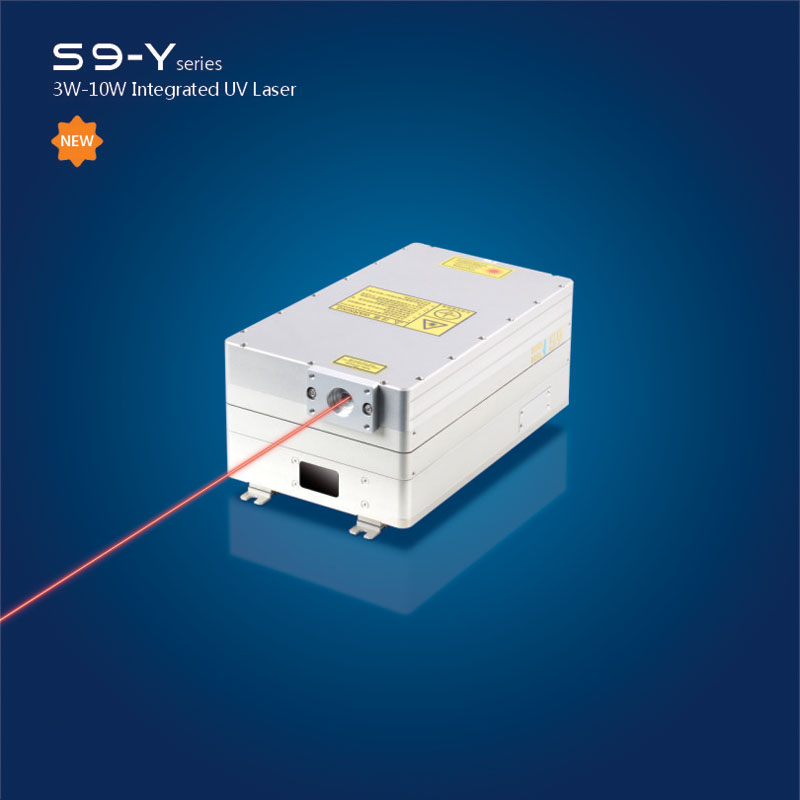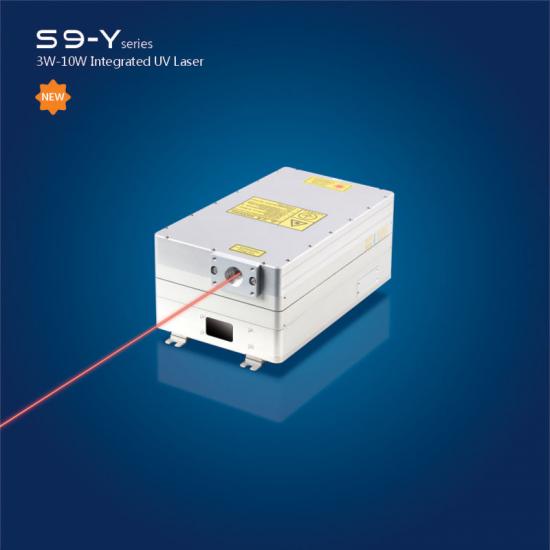
Ultravioletter Laser schneidet Saphir und erschließt neue Bereiche
Jun 30 , 2021
Mit dem beschleunigten Aufbau von 5G-Kommunikationsnetzen und Endgeräten auf globaler Ebene hat die Industriekette der Unterhaltungselektronik eine brandneue Spur eingeläutet. Im 5G-Zeitalter beruhen innovative Durchbrüche beim Erscheinungsbild von Unterhaltungselektronikprodukten auf technologischen Verbesserungen, während die Veränderungen bei den Materialien tiefere Auswirkungen haben werden. Während sich die Situation ändert, erobern RFH-Lasergeräte den Saphir-Laserschneidmarkt und gewinnen das Vertrauen von Kunden aus der ganzen Welt.
01 Marktaussichten neuer Saphirmaterialien
Da Saphir die Eigenschaften hoher Härte, Verschleißfestigkeit, Hochtemperaturstabilität usw. aufweist, wird Saphir in großem Umfang in den Bereichen LED-Substrate, Elektronik, Luft- und Raumfahrtausrüstung und medizinische Implantate verwendet. Laut dem vom Qianzhan Industry Institute veröffentlichten „China Sapphire Industry Development Prospect Forecast and Investment Strategic Planning Analysis Report“ wächst der Markt für Saphirmaterialien mit einer durchschnittlichen jährlichen Wachstumsrate von 42 %. Es wird geschätzt, dass der globale Markt für Saphirmaterialien bis 2023 10,8 Milliarden US-Dollar erreichen wird. Bis 2021 wird die Marktgröße für Saphirabdeckungen für Smartphones von 230 Millionen US-Dollar im Jahr 2016 auf 13,98 Milliarden US-Dollar und die Marktgröße für Saphirabdeckungen für Smartwatches von 240 Millionen US-Dollar auf 620 Millionen US-Dollar steigen.
02Die Verarbeitungstechnologie von Saphiren ist sehr kompliziert
The main chemical component of sapphire is alumina, and its biggest feature is its very high hardness, with a Mohs hardness of 9, which is second only to diamond in natural materials. According to industry insiders, the processing technology of sapphire glass is extremely complicated. Taking the mobile phone industry as an example, the use of sapphire glass to make mobile phone screens will simply cause the entire screen to become useless due to easy collapse during the process of cutting the edges. From material selection, cutting, grinding, to polishing, each process may have problems. In the view of the manufacturer, this is a great challenge to the processing technology. At present, for domestic manufacturers, in order to break through this bottleneck, the most urgent thing to do is to introduce new processing techniques to improve the processing quality and processing efficiency of sapphire glass.

uv laser | green laser | Ultraviolet lasers | uv dpss laser | nanosecond laser | UV laser source | Solid State Lasers
03RFH UV laser K-6 becomes a weapon
At present, there are many sapphire cutting equipment on the market. Sapphire cutting is relatively easy, but the effect is uneven, because sapphire is very hard and brittle and requires secondary processing. After more than ten years of precipitation, RFH laser has become the industry's leading industrial-grade high-end solid-state laser manufacturer. For sapphire laser processing, it has independently developed a series of new products such as ultraviolet laser K-6. This series of products adopt non-contact processing, with high processing accuracy, small heat-affected zone, and good long-term stability; the cutting edge is smooth without chipping, the yield is high, the processing speed is more than 10 times that of traditional tool processing, and the use cost is low. Unlike traditional laser cutting, the UV laser K-6 is basically dust-free.
The pace of 5G has accelerated, the trend of consumer electronics trending is becoming more and more intense, and the demand for sapphire materials has exploded. The K-6 series of RFH ultraviolet lasers can help the rapid development of the industry.